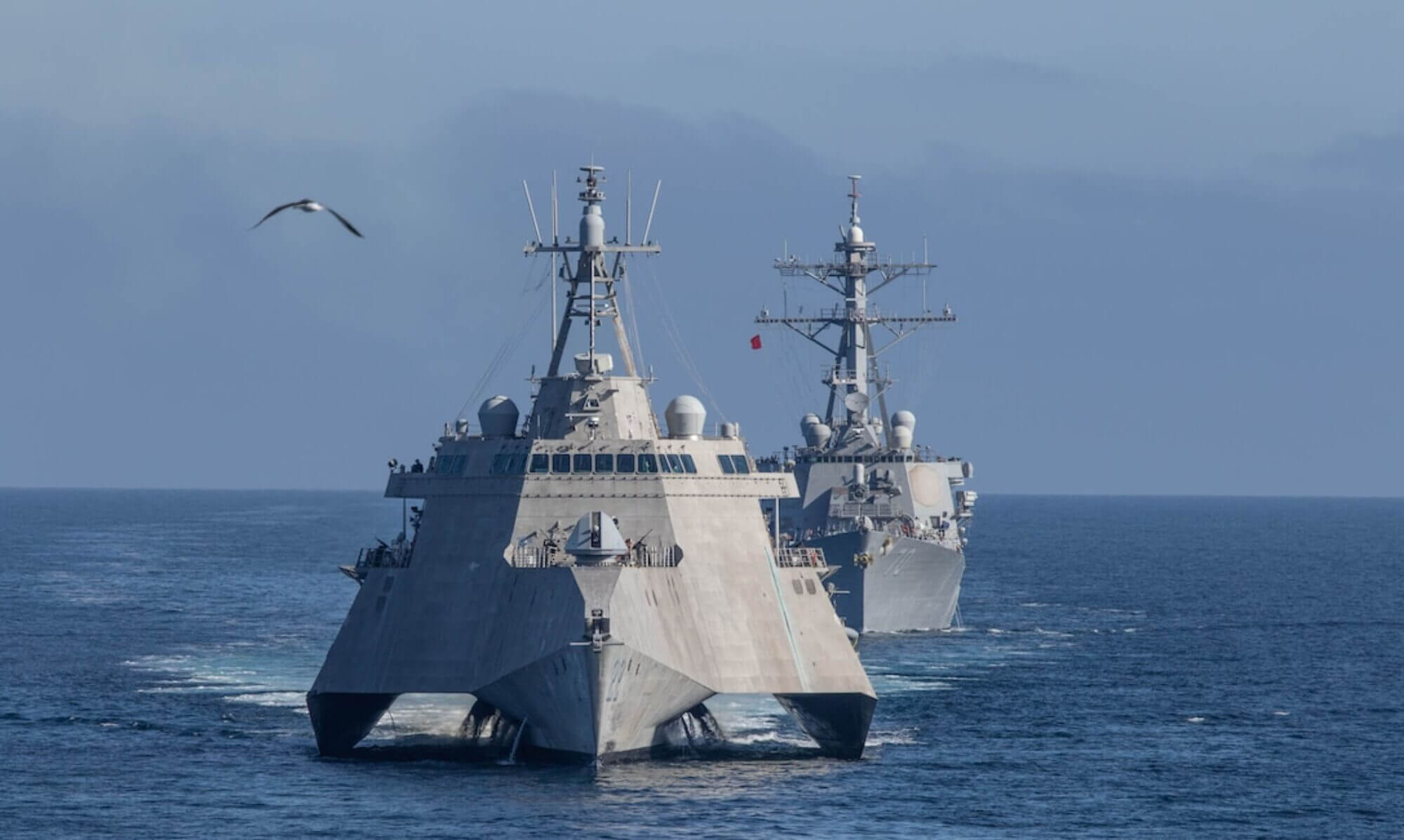
Introduction: Hello to our esteemed members and subscribers! We bring you the latest developments from the South China Sea, shining light on China’s concerning activities and highlighting the unwavering support of the US Navy in the region.
China’s Growing Assertiveness in the South China Sea: China’s recent “aggressive behaviour” in the South China Sea, especially the use of water canons against a Philippine vessel, is causing increasing alarm. This blatant show of force not only challenges regional dynamics but underscores the importance of naval power in the face of rising threats.
US Navy’s Stance: Vice Admiral Karl Thomas, the commander of the U.S. Navy’s Seventh Fleet, has voiced concern over these provocative actions. “My forces are out here for a reason,” Thomas emphasized, signaling the US Navy’s commitment to counterbalance such regional aggressions. The Seventh Fleet, stationed primarily in Japan, boasts up to 70 ships, approximately 150 aircraft, and over 27,000 sailors, covering a vast area of 124 million square km.
Recent Incidents on the South China Sea: A significant incident unfolded on August 5th when a Chinese coast guard ship used water canons against a Philippine vessel transporting supplies to its troops. This aggressive move only deepens the fault lines between the US and China in the region.
US and Philippine Collaborative Measures: Vice Admiral Thomas and Vice Admiral Alberto Carlos of the Philippine Western Command have been in discussions to better comprehend the challenges faced by the Philippines in the South China Sea. Their collaboration aims to fortify strategies and enhance the region’s security.
China’s Territorial Claims and Militarization: China’s territorial assertions in the South China Sea have long been contentious, especially after their claims were refuted by an international tribunal in 2016. Yet, China continues to militarize artificial islands in the region, which overlap with exclusive economic zones of several Southeast Asian nations, leading to heightened tensions.
Key Takeaways:
- Assertive Behavior: China’s actions in the South China Sea are becoming increasingly aggressive, challenging regional stability.
- US Navy’s Dedication: The Seventh Fleet underlines the US’s commitment to ensuring peace and stability in the region.
- Need for Collaboration: Dialogues between the US Navy and the Philippine Western Command signify the importance of collaborative efforts in addressing shared challenges.
Conclusion: The dynamics in the South China Sea are complex and rapidly evolving. As China intensifies its assertive actions, the role of the US Navy, along with collaborative efforts with regional allies, becomes increasingly crucial. The recent incidents underline the importance of maintaining a formidable naval presence and fostering cooperation to ensure peace and stability in the region.

